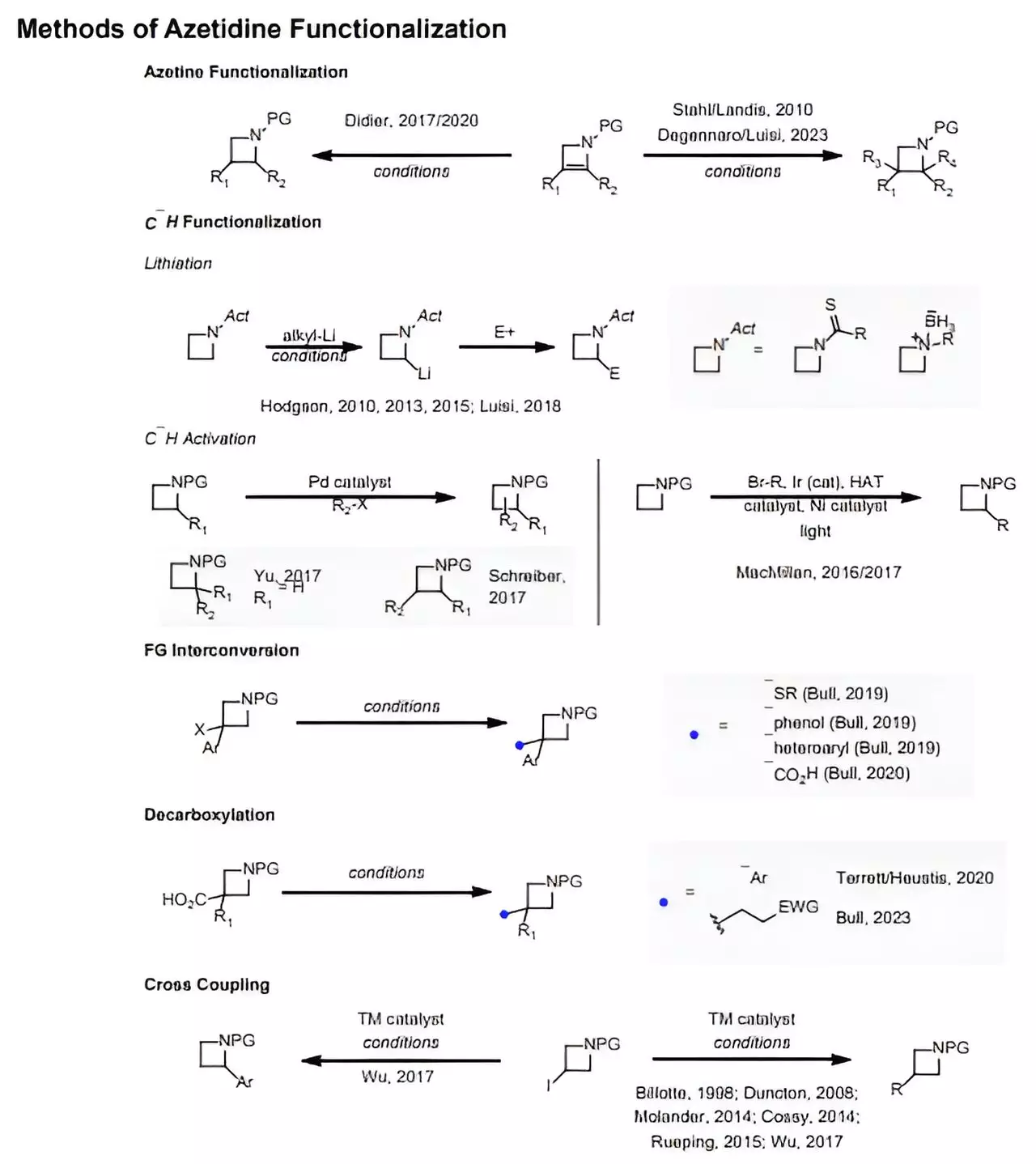The landscape of pharmaceutical chemistry is poised for transformative change thanks to groundbreaking research from leading institutions like MIT and the University of Michigan. A recent study has thrown the spotlight on azetidines—simple four-membered nitrogen-containing rings—that have largely remained on the sidelines when it comes to drug development. Unlike their five-membered counterparts, which are ubiquitous in FDA-approved medications ranging from antibiotics to cancer treatments, azetidines have been notoriously difficult to synthesize. This challenging nature has stunted exploration into their potential therapeutic applications. However, the recent findings indicate that a methodical approach driven by advanced photocatalysis offers a way forward, poised to unlock a plethora of azetidine compounds with promising pharmacological properties.
Photocatalysis as a Game Changer
Historically, synthesizing azetidines has been met with increased complexity due to their structural constraints. Traditional synthesis methods often rely on tedious trial-and-error techniques, as the chemical interactions involved can be unpredictable. However, the collaborative effort led by Heather Kulik and Corinna Schindler has provided a fresh perspective by harnessing photocatalysis. By utilizing a photocatalyst—a substance that accelerates chemical reactions through light absorption—the researchers managed to generate exciting, reaction-ready states in molecules, thereby increasing their reactivity. This innovative approach not only enhances the efficiency of the synthesis process but also introduces an unprecedented level of predictability.
The central theme of their research is coupling two precursor molecules: an alkene and an oxime. The clever use of light to drive this reaction represents a forward leap for azetidine synthesis, transforming the energy dynamics at play during chemical reactions. As Kulik aptly puts it, the capacity to use energy from light as a catalyst positions this method as one of the leading alternatives in the field, shattering the limitations posed by conventional synthesis methodologies.
Computational Modeling: Predicting Chemical Reactivity
The true brilliance of this research lies not only in its novel synthesis technique but also in its integration with computational models. Kulik and her team developed sophisticated models that utilize quantum mechanical principles to predict chemical behaviors and reactivity. By calculating frontier orbital energies—which dictate how molecules will interact during reactions—researchers can identify which compounds are likely to produce successful outcomes when combined. This strategic approach replaces the enigmatic guessing game of chemistry with a systematic pre-screening process.
This research heralds a shift toward a more data-driven pharmaceutical development environment. Instead of investing resources in workflows predicated on uncertainty, companies can now harness these computational tools to spotlight viable reaction pathways and anticipate successful substrates. In practical terms, this means less wasted time and funds, and a greater likelihood of identifying compounds that can advance to clinical testing stages with robust backing.
Implications for Drug Development
The significance of this research in the broader context of drug discovery cannot be overstated. Azetidines hold the potential to lead to the development of novel therapeutics, as their unique structural characteristics may confer advantageous biological activities. The fact that they can now be synthesized more readily opens the door to expanding the pharmaceutical toolkit available to researchers and companies involved in drug design.
The current study demonstrated a successful prediction rate for synthesizing azetidines in the lab, providing empirical validation to the computational models initially constructed. Among the successful azetidine derivatives produced were compounds linked to established drugs like amoxapine and indomethacin. This validation is a vital step as it reinforces the practical applicability of the research findings. The successful creation of these derivatives illustrates an exciting intersection of rigorous scientific inquiry and tangible real-world applications in medicine.
A Future of Endless Possibilities
As the researchers continue to delve into the synthesis of even more complex compounds—such as those featuring three-membered rings—the future looks bright for azetidine chemistry. The understanding of how to predictably manipulate chemical reactions enhances the scope of what the pharmaceutical industry can achieve. The integration of computational chemistry with experimental validation sets a precedent for future endeavors in drug synthesis.
The call for interdisciplinary collaboration in fields such as chemistry, engineering, and medicine has never been more pertinent. As researchers like Kulik and Schindler pave the way for new technologies and methodologies, we inch closer to a paradigm where scientific discovery enhances human health more efficiently and effectively than ever before. The marriage of innovative techniques such as photocatalysis and advanced computational modeling is nothing short of a revolution, laying the groundwork for the next wave of breakthroughs in drug development.


Leave a Reply